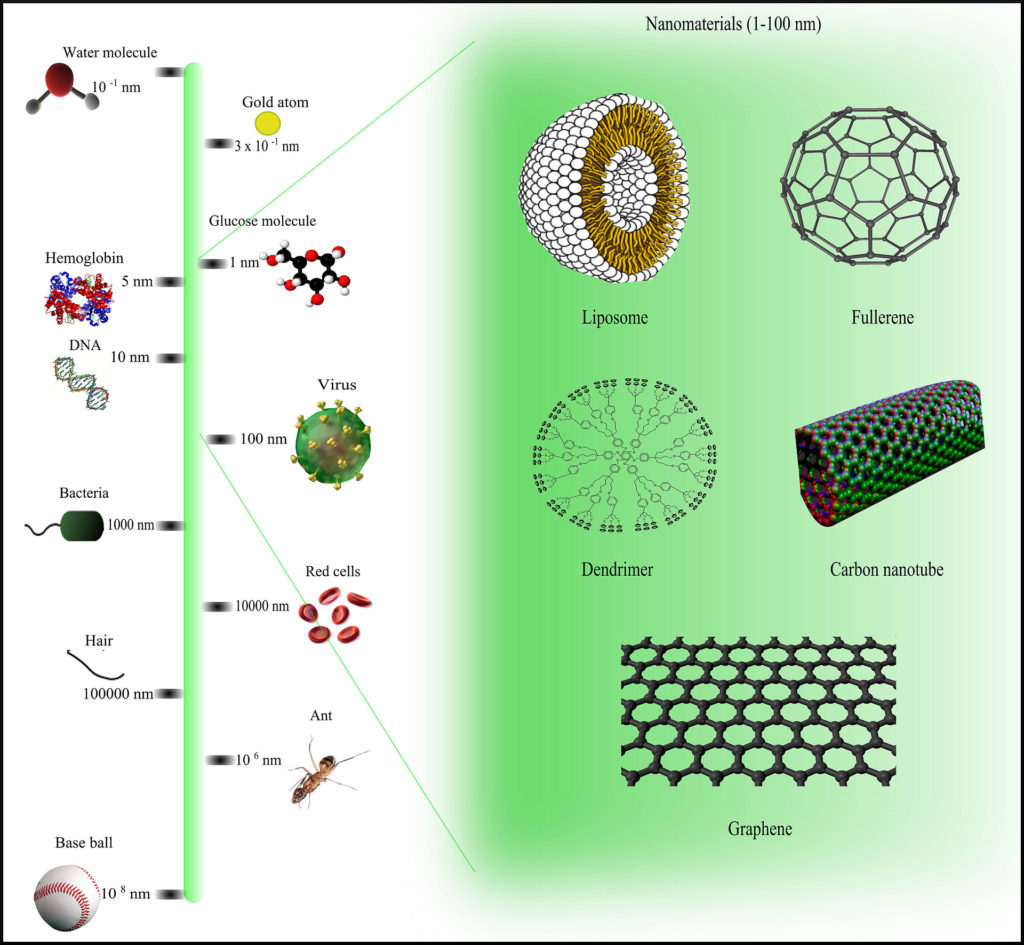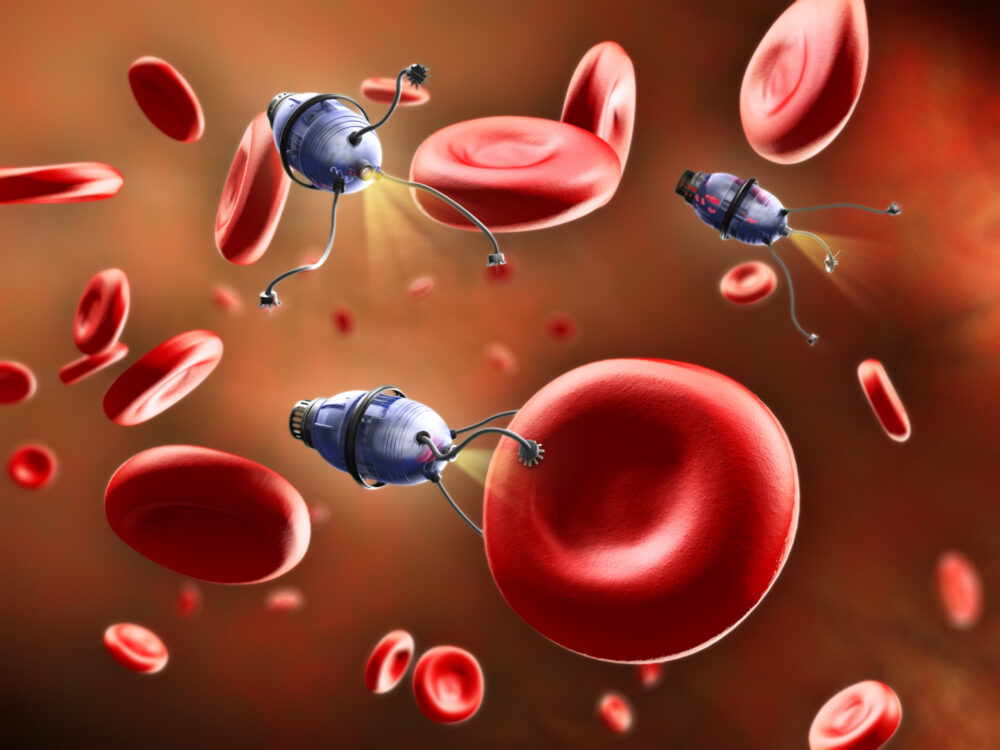Envision something minuscule, such as an ant. A nanometer is one-millionth of a millimeter, and nanotechnology is the study of tiny structures that are typically 4 million times smaller than an ant. Nanotechnology has been applied in various fields such as medicine, energy conservation, and electronics. The application of nanotechnology within the field of medicine is referred to as nanomedicine. With a range from 0.1 to 100 nanometers, it is difficult to comprehend how structures so microscopic have revolutionized so much within the medical industry. Although it is a relatively new field, several innovations have been made through biological interactions at the molecular level.
Nanomedicine researchers strive to obtain effective, early disease diagnoses and prevention methods. When a disease affects a patient in a specific region, the morbid area can potentially be analyzed using nanoparticles and active agents. Nanoparticles have also been used for drug delivery and to enhance drug bioavailability within the human body.
There have already been trials on mice to test the compatibility of multiple variations of nanomedicine.
There have already been trials on mice to test the compatibility of multiple variations of nanomedicine. This includes the utilization of gold nanoshells to aid in diagnosing and possibly even curing cancer. Researchers were later able to prove that these nanoshells properly bind to tumor sites because of their extremely small proportions. Furthermore, they discovered gold nanoshells are capable of absorbing radiation at frequencies that can be produced by near-infrared light. When a near-infrared laser is aimed at the body, the gold nanoshells are able to convert the radiation from light to heat, terminating the cancer cells. Once human trials are conducted, this method could revolutionize cancer therapy.
Another variation of nanomedicine awaiting human trials is the utilization of liposomes as an adjuvant drug delivery system for vaccines. Since liposomes can copy the structure of pathogens to deliver vaccines within the body, they serve as potential “vaccine helpers.” Researcher Ning Wang at Hefei University of Technology claims that enhancements of the potency of vaccines have been developed extensively using particulate carriers such as liposomes. By quickening the rate at which vaccines are processed through the body, vaccine cures will become much more efficient.
Drug detoxification is a procedure in which nanoparticles interfere with a patient’s physical dependence on a drug. Emerging research indicates that nanoparticles can act as active detoxifying agents. Essentially, the nanoparticles move around the body to find and obtain drug toxins. According to the American Addiction Centers, an alarming 19.7 million American adults experienced a substance use disorder in 2017. Although there are several obstacles facing this method of controlling drug detoxification, finding a specific nanoparticle to use clinically would help millions of people who have a substance use disorder.
Nanomedicine has been found to have several applications in neurology.
Additionally, nanomedicine has been found to have several applications in neurology. Alzheimer’s disease is a form of dementia that affects over 40 million people worldwide. Early diagnosis of Alzheimer’s disease is most effective through the usage of nanoparticles that can circulate brain capillary cells and induce them to augment the treatment of the patient. Modern research has revealed that the use of nanoparticles in the treatment of Alzheimer’s disease to be quite effective; however, they are typically only able to operate during early stages.
Parkinson’s disease is another neurologically impairing disease in which patients suffer from tremors, imbalance, and difficulty in speech. Current therapy systems for Parkinson’s intend to better the physical functionality of the patient, but they cannot slow the rate of neurological degeneration. The objective of nanomedicine within this disease is to create regeneration of the central nervous system and provide the brain with cellular level protection. This way, patients will be able to control tremors and imbalance and have significantly improved physical capabilities because of a more stable central nervous system.
The potential of nanotechnology in medicine provides researchers with hope to one day reform the diagnoses and treatments of notorious diseases. Whether it’s for cancer, substance use disorder, or neurological disability, nanotechnology has provided a foundation to discover life-changing, modern medicinal applications.







